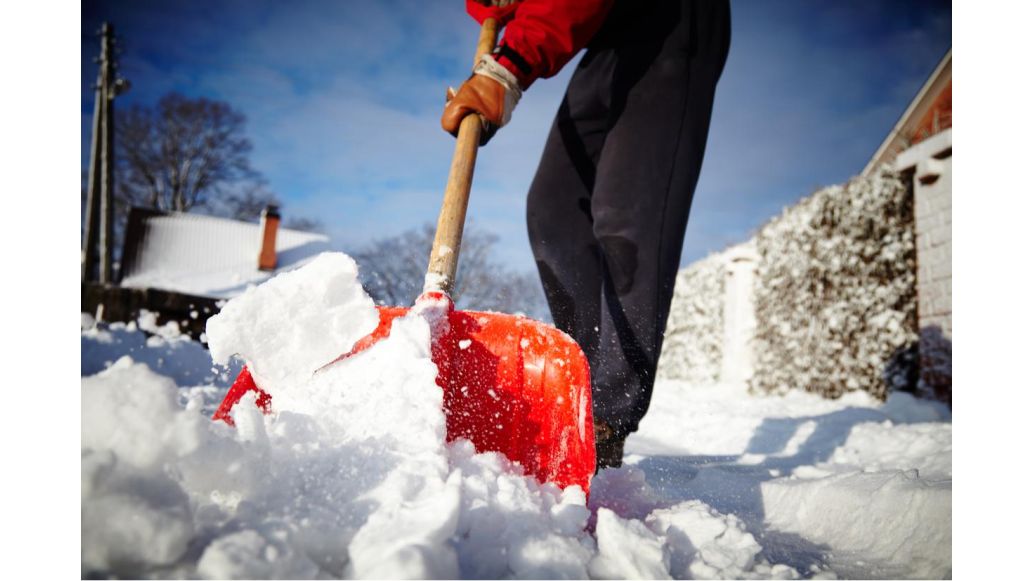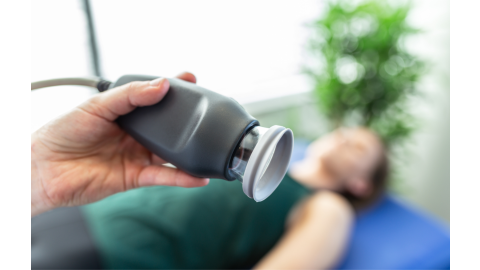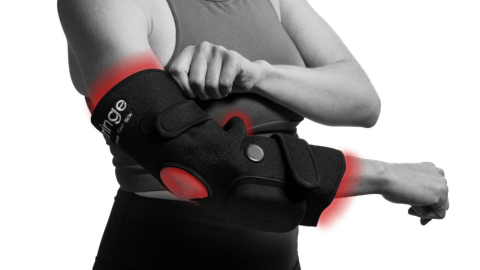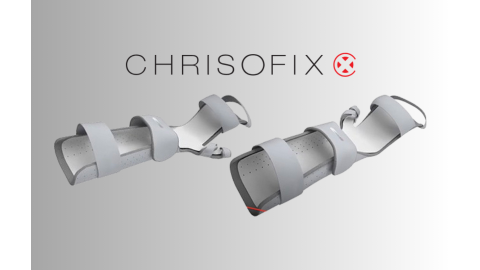Shoveling snow sends over 11,000 children and adults to the hospital every year.1 These injuries come in a variety of forms and that number doesn’t include the countless smaller injuries that go unreported. How can you prevent and treat these injuries?
Who gets injured while shoveling and how does it happen?
A study of snow shoveling incidents from 1990 to 2006 cataloged all injuries that were treated in a hospital.1
It found that a large portion of the incidents that happen while shoveling snow are soft tissue injuries. These include ligament, tendon, and muscle injuries. Lower back injuries were the most common soft tissue injuries. Most shoveling mishaps are the result of falls, being hit with the shovel, or over exhausting the muscles.
Heart-related problems account for only 7% of all shoveling-related injuries but they are the most serious. All deaths that occurred were the result of heart complications. Adults 55 and older were over four times more likely to suffer heart injuries than younger individuals.1
Adult men suffered the most injuries but children under the age of 19 were 15 times more likely to be injured by being hit by a shovel. The study noted that "Many of the snow shovel-related injuries to children are the result of horseplay or other inappropriate uses of snow shovels."1
Preventing Injuries While Shoveling
Children
Because children are often suffering injuries due to horseplay, educating them on how to safely play, and use a shovel correctly are key in preventing injuries. It’s important to remind them that shovels are not toys and that, when used improperly, they can be very dangerous.
Heart Health
The winter months pose a greater risk for heart attacks and heart complications increase during the holiday season nearly every year. There are a number of reasons for this which all may play a part in why heart attacks occur while shoveling snow.2
- Cold weather causes blood vessels to constrict
- Blood clots more easily in the cold
- Freezing temperatures put extra strain on the heart
All of these come into play when you’re outside, braving the elements and clearing your driveway. Many people aren’t able to get adequate exercise during the winter months as well. This leads to a lot of people who are out of shape moving hundreds of pounds of snow in the dead of winter.
It’s always more work than it looks like. Take breaks before you get tired and don’t load the shovel until it overflows with the white stuff. Scoop half-loads to put less stress on your muscles and heart.
If you’re not in shape, have a heart condition, or have recently undergone heart surgery, hire someone else to do it. Don’t put your body at risk.
If your chest begins to hurt, or feel lightheaded, or your heart starts racing, the safest thing to do is always to call 911 or your local emergency number.3
Muscle Safety
Just like working out, you don’t want to go full throttle as soon as you start shoveling. Make sure you stretch before shoveling to prepare your muscles. Drink plenty of water throughout as well.
Shoveling snow will go a lot quicker and be less painful if you treat it like lifting at the gym:
- Bend at the knees, not the back
- Turn your whole body instead of twisting at the back
- Keep your hands a foot apart from each other
Taking shortcuts that don’t affect your body is more than acceptable as well. Just push the snow instead of lifting it with the shovel. Buy an ergonomic shovel or a shovel with wheels. An ergonomic shovel is easy to grip and makes moving the snow more comfortable for your body, while a wheeled shovel does half the job for you.
Pain Management
Inevitably, you will be sore after shoveling snow at some point. Following all of the safety tips will help, but moving a driveway full of snow after a blizzard is going to take its toll on your body. We have a few ways to treat your sore muscles.
Cryotherapy
Cryotherapy is the use of low temperatures in medical treatment. In this case, it’s just a cold pack to the lower back. Cold packs can be used in the first days after a minor injury to reduce circulation. This helps ease swelling and pain shortly after an injury occurs.
Biofreeze uses menthol to block the feeling of pain before it ever reaches your brain. It acts fast to stop pain in its tracks so you can move on with your snow day.
Heat Packs
Nothing feels better than coming in from shoveling and sipping a warm cup of hot chocolate. Your muscles can’t drink hot cocoa but they can benefit from the relaxing heat treatment of a hot pack. Use hot packs on your muscles 48 hours after an injury. After swelling subsides, heat can soothe muscle aches and chronic pains that flare up because of shoveling.
Working Out
While exercising after shoveling won't provide relief, it will prepare you for the next snowstorm. Having a strong lower body and back is crucial. Here are a few of our favorites:
TheraBand Rocker Board Weight Shift
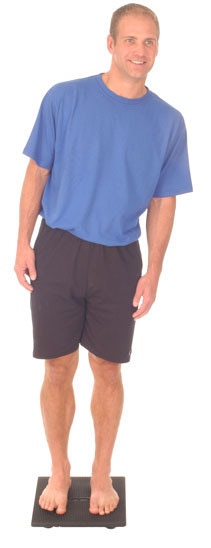
- Stand with both foot on a TheraBand Rocker Board
- Keep your knees straight and lean to one side
- Tip: Don’t twist your hips or knees while leaning
TheraBand Knee Mini Squat

- Place both feet in the middle of the band while gripping the band near your hips
- Squat while bending at the knees
- Hold with your knees close to a 90-degree angle
- Return to the starting position
References
- Kam, Katherine. The Truth Behind More Holiday Heart Attacks. WebMD, WebMD, 28 Sept. 2011, https://wb.md/38hv8CM
- Miller, Kelli. Snow Shoveling Injures Thousands Each Year. WebMD, WebMD, 20 Jan. 2011, https://wb.md/2RqOgY7
- Skerrett, Patrick J. Protect Your Heart When Shoveling Snow. Harvard Health Blog, Harvard University, 20 June 2016, https://bit.ly/2u54jmy
Medical Disclaimer: The information provided on this site, including text, graphics, images and other material, are for informational purposes only and are not intended to substitute for professional medical advice, diagnosis or treatment. Always seek the advice of your physician or other healthcare professional with any questions or concerns you may have regarding your condition.

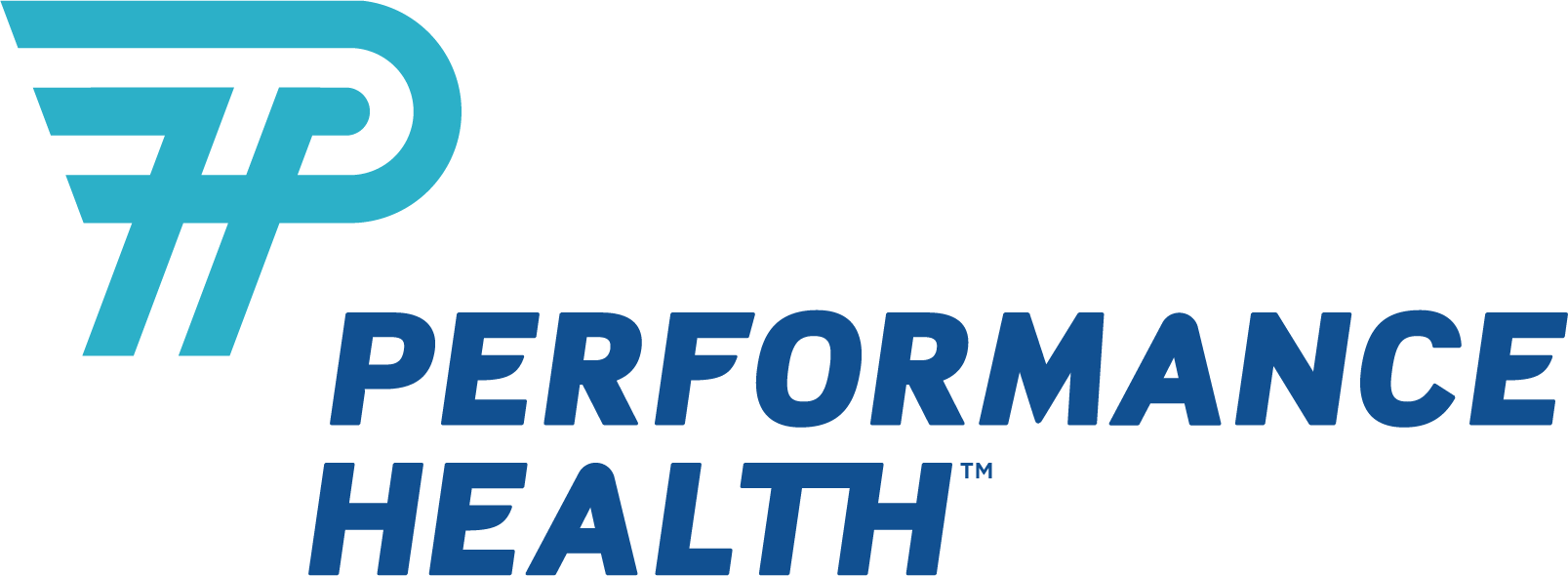






 France
France Australia
Australia